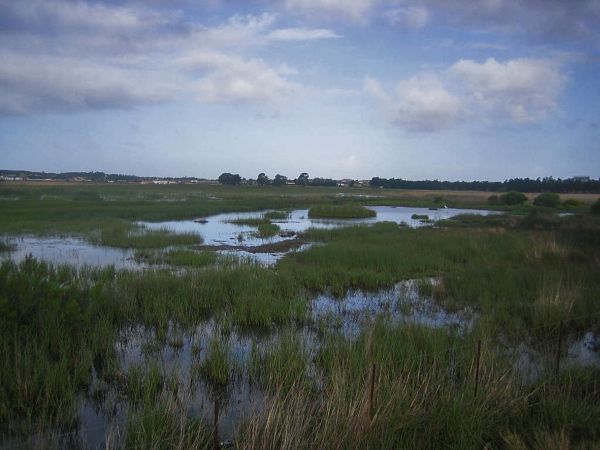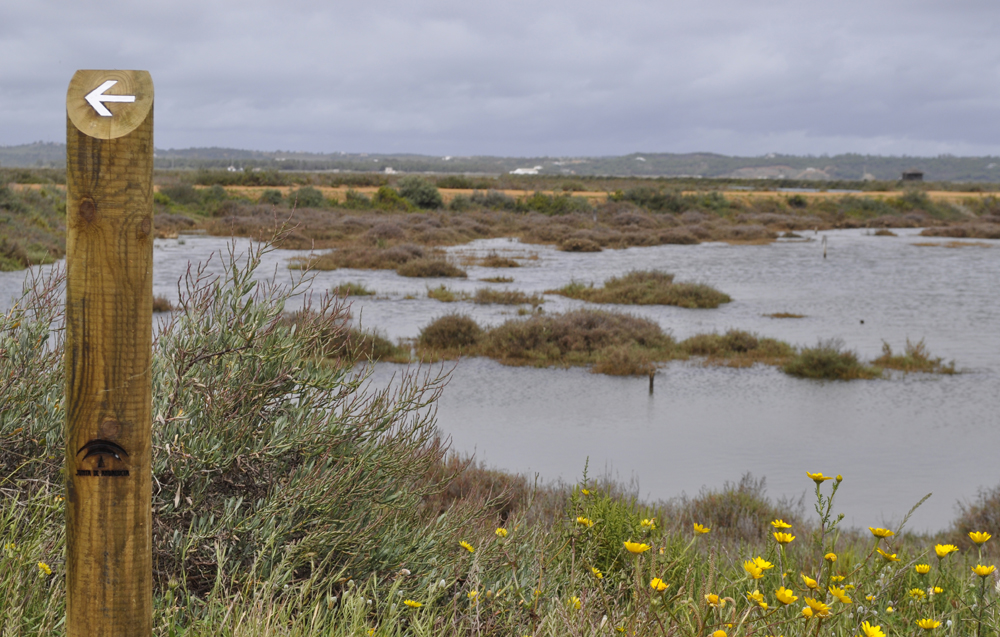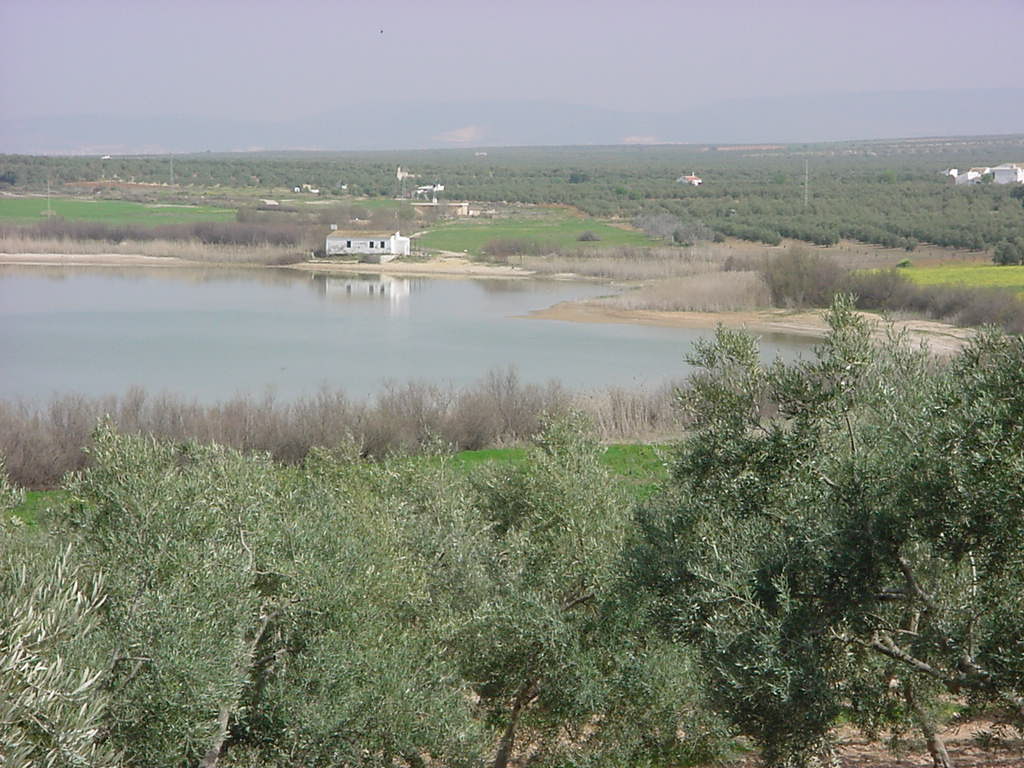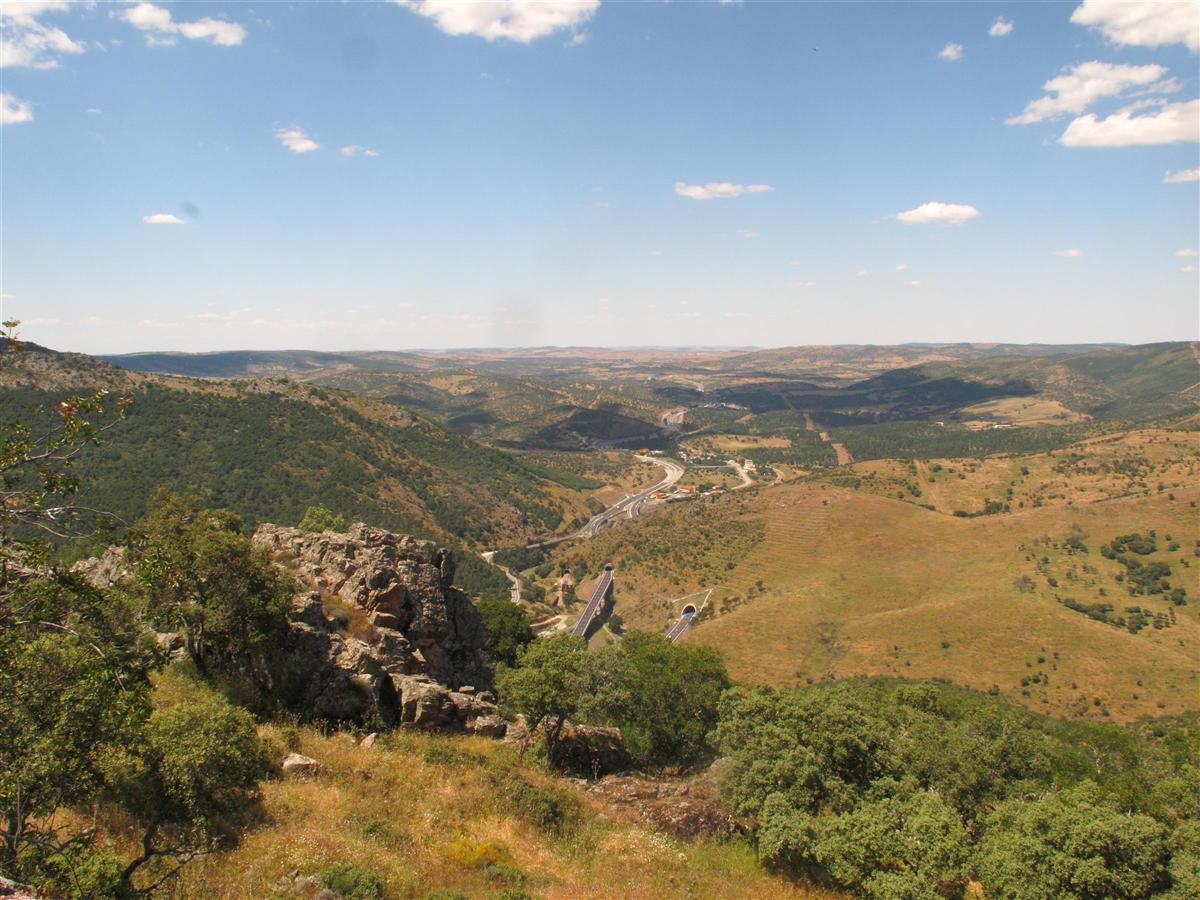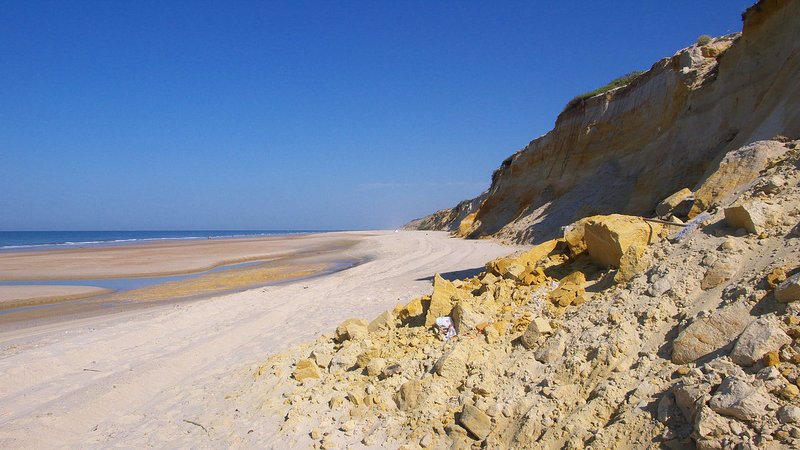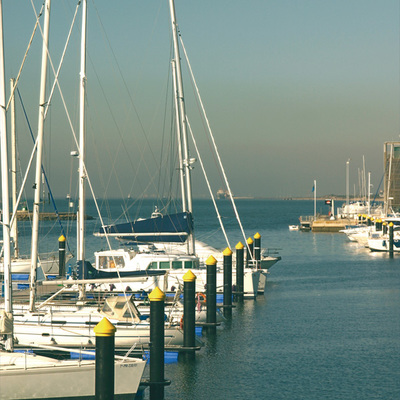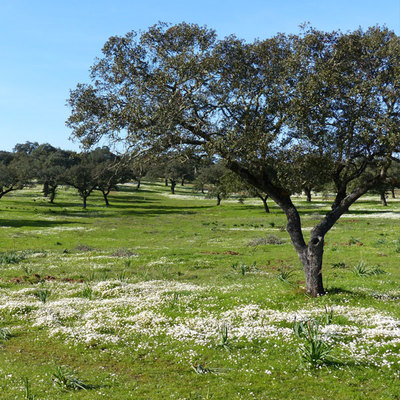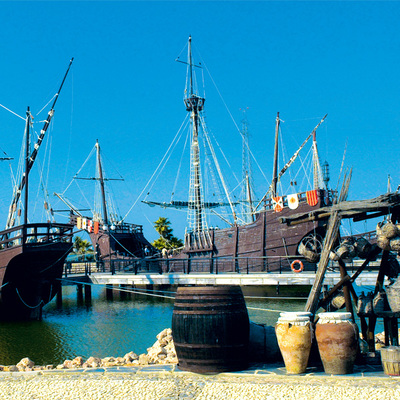Acantilado del Asperillo
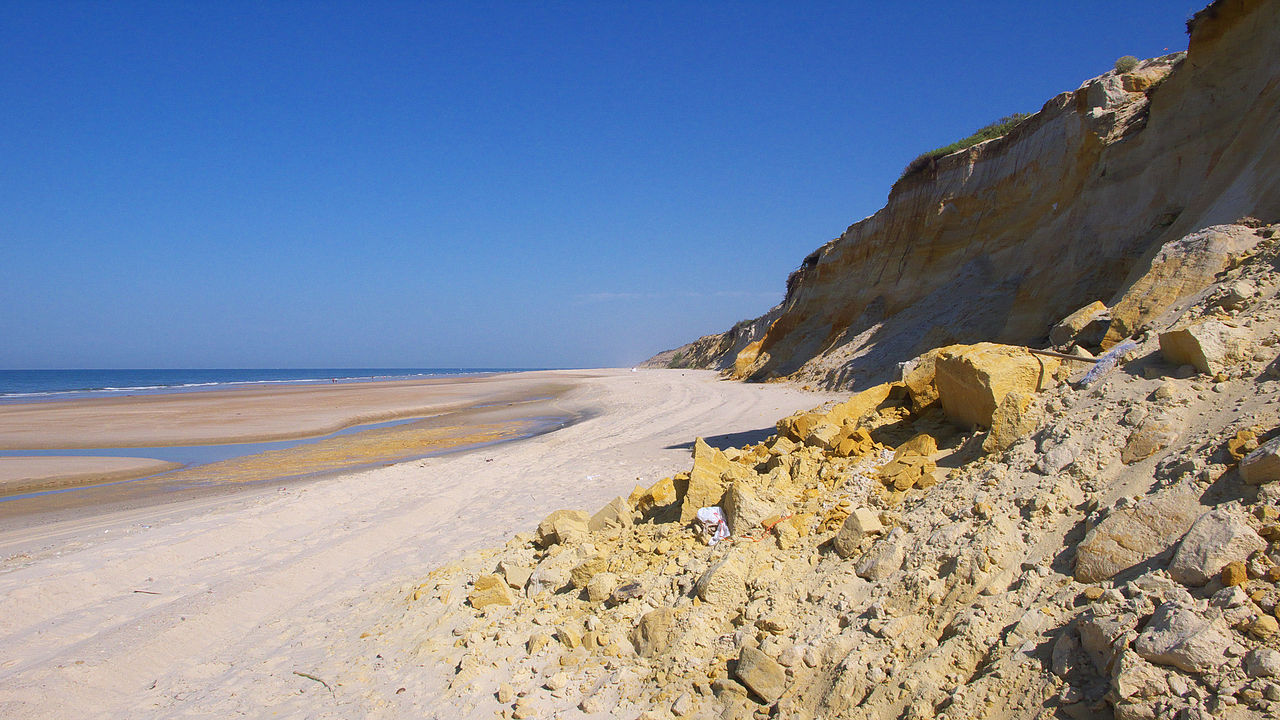
If you follow the Cuesta Maneli Trail between Matalascañas and Mazagón you will find the Acantilado del Asperillo Natural Monument, a system of fossil dunes that covers an area of twelve hectares along the coastline.
This is considered to be one of the most unusual geomorphological and ecological coastal formations anywhere on the Iberian Peninsula. It is a system of sandy cliffs formed by wind and rain sedimentation (sand), organic materials and other materials. The different layers were gradually deposited over the ages, subsequently lifted to more than 100 metres in height by the forces of the earth. The oldest materials are estimated to be between fourteen and fifteen thousand years old.
The waves and wind are continually changing these dunes. From the broad beach you can see different shades of yellow, white, ochre and black on the cliff walls. They are stratified, producing fanciful undulations and geometric shapes interrupted by cave openings.
Special mention should be made of the almost complete lack of vegetation here, on account of the hard coastal conditions and the steep gradient. In the upper part, gorse, Portuguese crowberry, juniper and Spanish juniper, along with replanted stone pine grow in the sandy soil. This tree stabilises the sand with its roots, preventing movement of the dunes. Here you can find endangered species such as the spur-thighed tortoise, Lataste's viper, Iberian lynx and Egyptian mongoose.
The Asperillo Cliffs are in the privileged setting of the Doñana Nature Park. Options in this protected nature area include enjoying the landscape and swimming at its beaches.
Services and infrastructure
Segments
Environmental units
Statement date
Area (m2)
You may be interested
